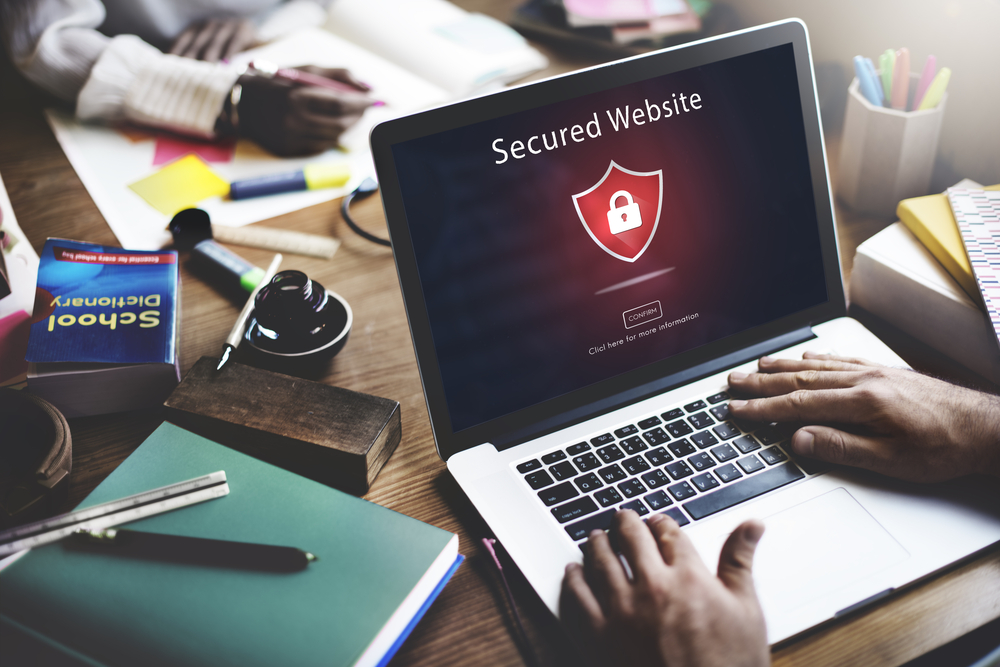If there’s one group of people who have benefitted immensely from the ongoing COVID-19 pandemic, it’s cybercriminals. As reported in Forbes, the number of data breaches that occurred in 2021 exceeded those in 2020, with the average reported ransomware transactions amounting to a startling $102 million per month.
With these statistics in mind, the need for more advanced protection from cybercrime is obvious. As engineers focus on ways to help individuals and businesses secure their data against malicious attacks, user intelligence is growing when it comes to learning best practices for online safety in 2022.
Here are a few best practices you should know and practice:
Guard Against Ransomware
What started as an attack via floppy disks in 1989 has developed into a current online security challenge that can involve large-scale attacks. When cybercriminals use ransomware, the intent is to lock away data behind unbreakable coding and hold it for ransom. That is unless you’ve invested in a website firewall.
As individuals or businesses lose access to critical data they have stored away, inevitably their reputation, financial well-being, intellectual property, and identity are all at risk of being compromised. Criminals know this and understand the value of this data, thereby using ransomware to control it until their desired ransom is paid.
One of the easiest ways to guard against this type of attack and keep your data secure is through the use of web application firewall solutions that will scan your website to detect any vulnerabilities to ransomware attacks. Taking these preventative measures ensures all the metaphorical windows and doors of your website are locked tight.
Watch Out for Weak Links
From a business perspective, it’s important to research extensively the services, software, and partnerships you incorporate into your supply chain. Each one is responsible for its own cybersecurity best practices, and you should be aware of any “weak links” that could make you vulnerable by association.
In fact, this step is so vital in today’s digital landscape that you should always take the time to inquire about any potential partner’s security protocols before choosing them as a product or service source.
Even as an individual, everything ranging from the apps you download to your email and social media contacts could expose your financial and personal information to potential hackers. Regardless of the context, make sure you have sufficient security protocols in place, both on your end and theirs, and that you only download information from trusted sources.
Secure Each Connected Device
With millions of internet-connected smartphones and tablets worldwide, newer tech devices also present new opportunities for cybercriminal attacks. Add to that the multiple devices that have been developed as part of the internet of things (IoT), including everything from smart home products to life-saving health monitors, and you can see why cybercrime is on the rise. It’s a growing concern, especially since MarketWatch recently projected IoT market growth to reach $560 billion by 2022.
Find Trusted Resources
The easiest way to stay on top of best practices in using web application firewall protection and keeping your data safe is to find a trusted expert in the industry. You can also stay on top of the latest news relating to cybercrime and cybercriminal activity by following news published by the FBI’s Cyber Crime Division or on popular sites on the topic, such as the Rand Corporation or Cisco. Each of these sites offers research-based statistics and information on the newest ways to combat cybercrime for yourself and for your business.
Combat Cybercrime by Following These Best Practices
Ultimately, securing your personal information and data should be a daily habit across whatever devices and access points you use. With the right cybersecurity software, expertise, and apps on your side, you’ll be much more likely to avoid becoming the next cybercrime statistic.



